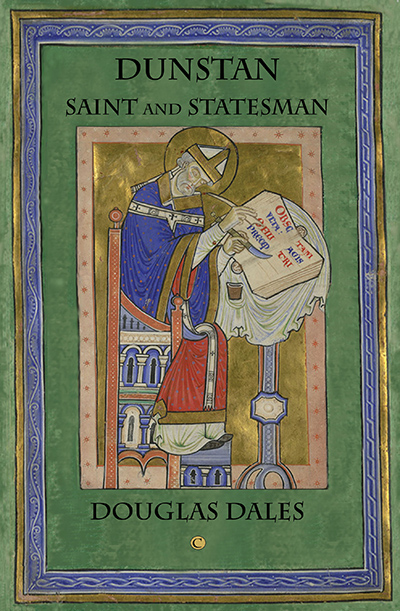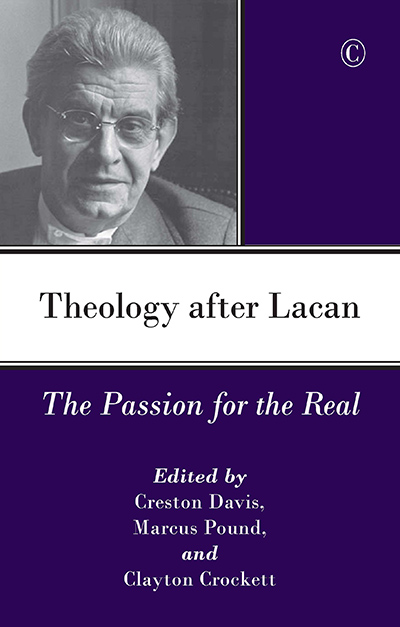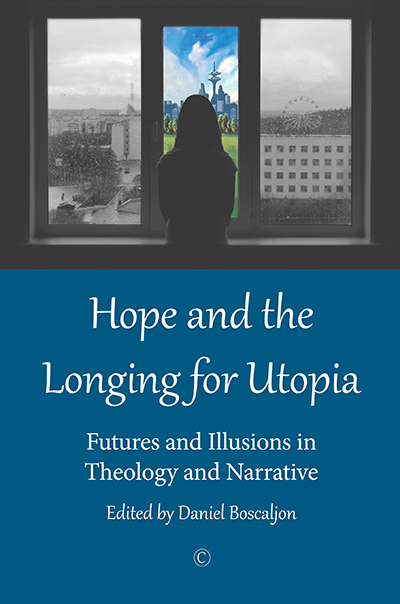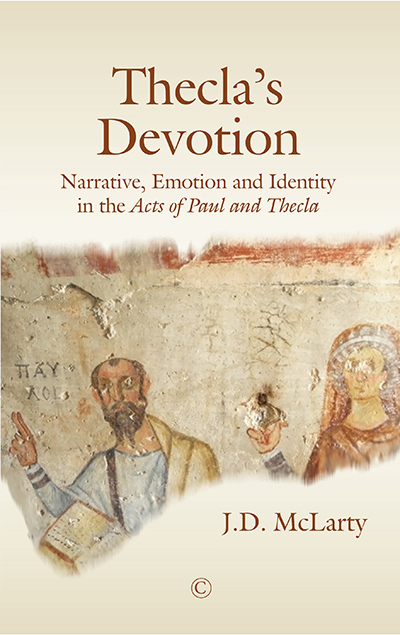Description
St Dunstan of Canterbury (909-88) was the central figure in the development of English church and society after the death of King Alfred. The author traces Dunstan’s life beginning with his education at the great monastery of Glastonbury, of which he became abbot. He was a central figure at the court of the kings of Wessex but was banished, partly because of his hostility to King Edwy’s mistresses, and went into exile in Flanders. On the succession of Edgar to the throne, Dunstan was called back to England and appointed Archbishop of Canterbury. During the twenty eight years of his primacy he carried out one of the major developments of the century, the reformation of the monasteries. The author examines him not merely as a prelate and royal advisor, but considers other aspects of his life: his skill as a craftsman, which caused him to be adopted as the patron saint of goldsmiths; his works as calligrapher and artist, some of which survive to this day; the coronation service which he drew up which still lies at the heart of this service for English monarchs; his celebrated musical skills; and above all, the sanctity of his name and the fame of his miracles, which have kept Dunstan’s memory alive.
This study of the life and legacy of Dunstan sheds light on the background and significance of the English Coronation Service. Its fundamental shape and theology was established during the tenth century and used to potent effect by Dunstan and those associated with him in the government of Church and society. This special edition marks the Coronation of King Charles III in 2023.
About the Author
Douglas Dales was Chaplain of Marlborough College, Wiltshire, from 1984 to 2012 and he is now a parish priest in the diocese of Oxford. He is the author of several works in Anglo-Saxon church history including a two volume biography of Alcuin and Light to the Isles: Mission and Theology in Celtic and Anglo-Saxon Britain, as well as three books on the theology of St Bonaventure, Divine Remaking, Way Back to God, and Truth and Reality. He is a Fellow of the Royal Historical Society.
Contents
Abbreviations
Foreword by the Former Archbishop of Canterbury Robert Runcie
Preface to the Second Edition
Preface to the First Edition
Tenth-Century Regnal and Archiepiscopal Lists
Part One: Glastonbury, AD 909-59
1. The Legacy of Alfred the Great
2. Oritur Puer Strenuus
3. At the Court of Athelstan
4. Abbot of Glastonbury
5. Exile and Return
Part Two: Canterbury, AD 960-88
6. Archbishop of Canterbury
7. The Monasteries
8. The Statesman
9. Two Kings 99
Part Three: The Legacy, AD 989-1023
10. The Successors
11. The Flowering of the Tenth Century
12. St Dunstan
Notes
Bibliography
Index
Endorsements and Reviews
I am deeply grateful to Douglas Dales for this comprehensively researched and elegantly written biography. I hope it does much to renew an interest in Dunstan and a period of English church history which has much more immediate lessons for our Christian life now than a thousand years’ separation seems to suggest. from the Foreword by Robert Runcie, Former Archbishop of Canterbury
‘throughout the tenth century, to which he contributed so much. . . . One of the many admirable qualities of this book is the way in which it combines careful scholarship with whole-hearted commitment to its subject. For Douglas Dales the Church’s past is not something remote and irrelevant. It is a living resource for us today.’ A.M. Allchin, in the Church Times
‘This well researched biography is a suitable reminder of the greatest monastic reformer of his day, who was also a gifted craftsman,caligrapher and artist. . . . Dunstan is a towering example of the power for good which is the Benedictine way of life, still a force after 1500 years.’ The Catholic Herald
Douglas Dales’ Dunstan: Saint and Statesman is a remarkable biography that opens a window into a period in English history when faith, politics, and culture were inextricably woven together. Dales’ work helps reclaim the memory of a saint whose influence has long been eclipsed but whose contributions remain foundational. This thoughtful and comprehensive study not only reintroduces Dunstan to modern readers but also reminds us that the challenges of reform, integrity, and spiritual renewal remain timeless.
Marc Daniel Rivera in Kristiyaknow (online), May 26, 2025.





